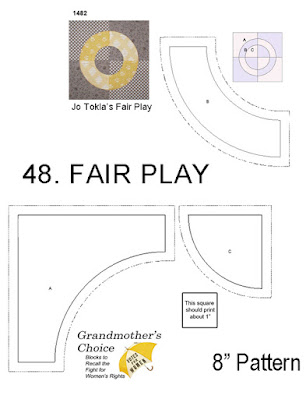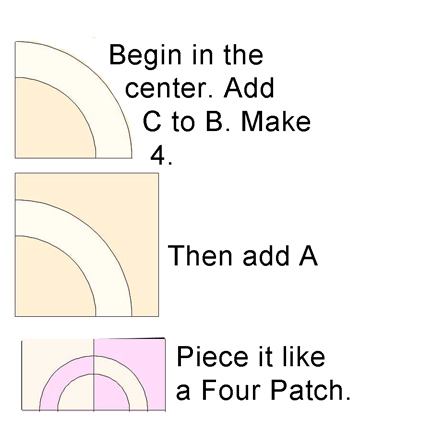Canadian nurses
Men in government came to believe that it was only fair to
permit women to vote but also a trade for their service and sacrifices during the war.
In 1917 Canada's Parliament passed the Wartime Election Act, which selectively
gave the vote not only to women serving in the military as nurses but also to
those with close family members serving overseas.
Canadian Nurses voting
in France 1917
In 1918 with the Allies victorious, most female adult
Canadians who owned property were awarded the right to vote.
The Weaker Sex?
Canada was ahead of its English cousins who also passed a
1918 enfranchisement law, but London's Parliament
limited female voters to those over 30 who met minimum property qualifications
(men could vote at 21.)
Victory was not a prerequisite for change. In defeat Germany
and Austria granted the right to vote to women in 1918.
American women had to wait two more years for a
constitutional amendment.
"If You Are Good Enough for War You
Are Good Enough to Vote,"
Are Good Enough to Vote,"
Public Opinion tells American Womanhood
Fair Play by Becky Brown
Fair Play is a four patch block given the name by the
Ladies' Art Company in the early 20th century. We can use it
to remember the post World War I victories in several countries.
You could applique the B ring if you prefer.
Applique to squares cut 4-1/2" for the 8" block or 6-1/2" for the 12".
http://colvinkiwiquilts.blogspot.com/2013_07_01_archive.html
It's BlockBase #1482.
Cutting an 8" or a 12" Block
The block is all templates if you piece it conventionally.
To print the templates click on the pictures below and save.
Print it 8-1/2 x 11".
Here's a little how-to on stitching these curves.
- You need about 6 or 7 straight pins.
- Place the smaller piece on top of a larger piece face to face.
- Center the two and put a pin there.
- Flip the pieces over as you pin.
Applique to squares cut 4-1/2" for the 8" block or 6-1/2" for the 12".
http://colvinkiwiquilts.blogspot.com/2013_07_01_archive.html




















It seems odd how participating in war leads to the right to vote -- the voting age was lowered to eighteen because that was the draft age during the Viet Nam War. It was said it wasn't fair to send men to die for their country without allowing them to participate in electing the government that declares war. But aren't we all citizens who must bear the sometimes unfortunate consequences of government at all other times as well?
ReplyDeleteMy favorite story of the women getting the right to vote is my Grnadma's. She went to all the meeting, met the people and then made her choice. She goes home to Grandpa, tells him she is going to vote for 'this party'. He informs her they vote "this way!!" She looks at him and said, I've been to the meeing and listened and this is how I am going to vote. He informs her, he is going to cancel her vote because he is voting a different way!!
ReplyDeleteWell, voting day comes, and they vote.
He asks her if she voted the way she said she would? When she told him yes, he told her, well, you were right, you went to the meeting and all that - I voted your way too!!!
Love that story!!
Great story!
DeleteIt is a great story. An informed woman voter
DeleteThis has been a fabulous project, and I have learned so much. I am hoping there will be a book because I want to give it with the quilt to my daughter when she graduates from college. I've been telling her the stories as I go along. I suppose she could read them, after all she will graduate next spring! But somehow, I've just been telling them to her. Thank you Barbara for the gift of this quilt pattern, and all of the history.
ReplyDeleteWhat an honor to see the link to my spur of the moment little tutorial for this block shown here. I hope it was helpful to some who may have been fearful of piecing those curves. We have had such fun learning new things from this project - both from the history side so carefully researched and presented each week by Barbara and the encouragement to make our blocks better by watching each week what everyone else has done and then taking that inspiration to our own stitching. Thank you for a wonderful 49 weeks Barbara.
ReplyDelete